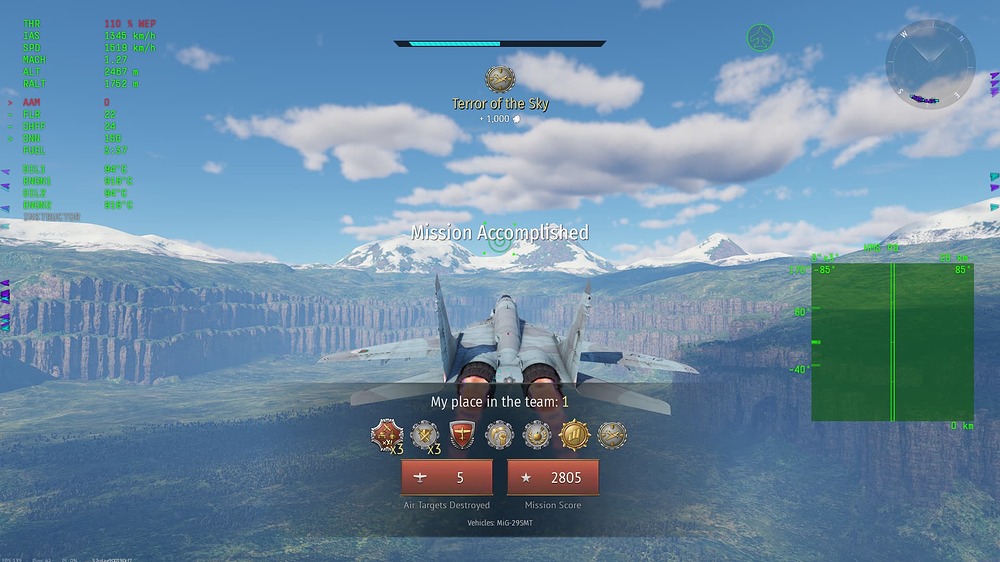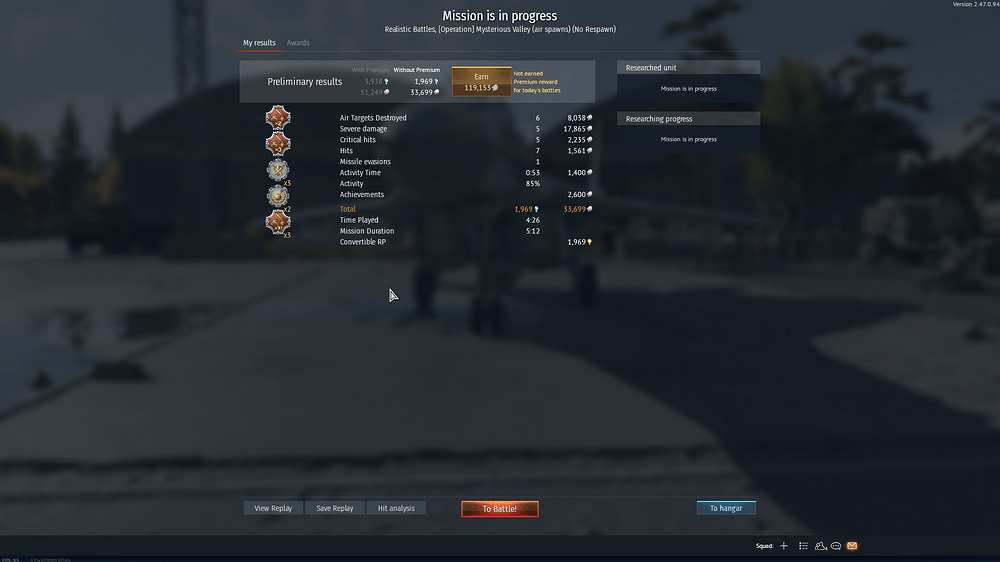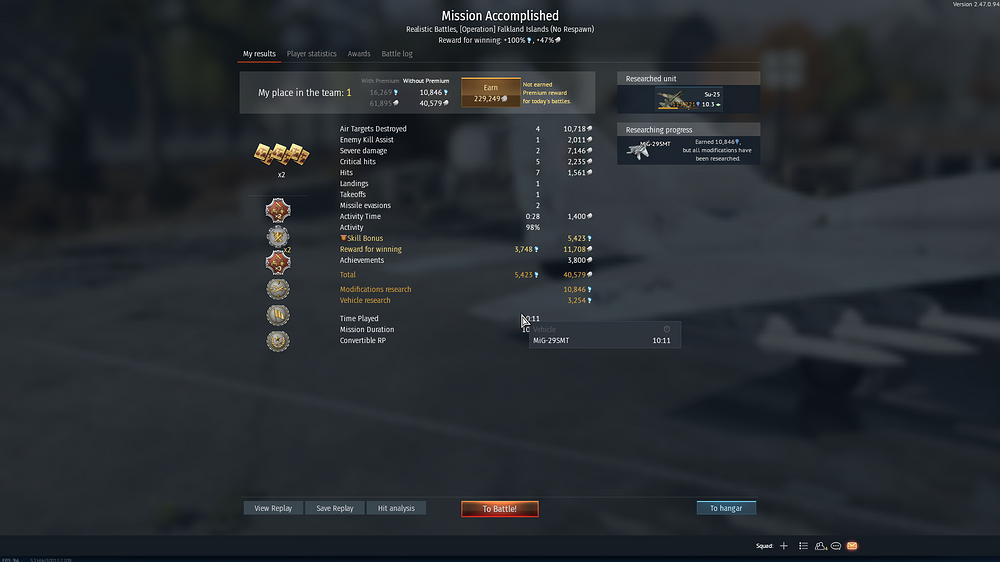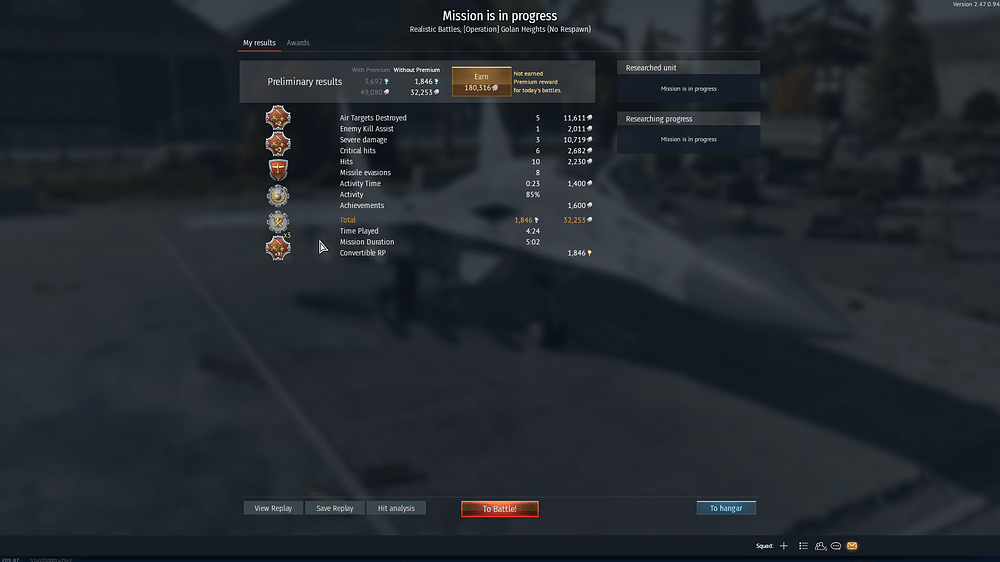What’s the fuel load in this diagram and what is the fuel load in the MiG-29 STR chart?
the F-16 charts seem to be at 23,768 lb ( or 10,780.98 kg)

Okay but what is the fuel percentage for that weight? Or more importantly what does Merf think it is.
So F16A FCS was better ??
It allowed you to do more but was also more dangerous. Basically it’s limits or moreso how the analog system had its own computational limitations meant that you could more easily enter situations that depart flight.
for the Blk15 around 85% fuel (assuming ingame weight is correct)

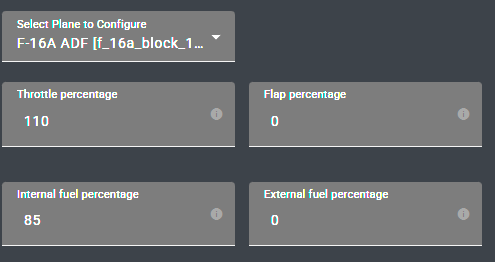
personally i cannot say what somebody else is thinking
Yeah that’s understandable, I mean iirc MiG-29 uses Hydraulic controls and FCS that is is somewhat similar to the F-15.
MiG-23MLD shares the same FCS iirc.
Now go figure out under what circumstances the MiG-29 does 22 degrees per second at sea level and what the fuel load is.
If you don’t want to do it then just take my word that 29G manual shows around 19 degrees per second at sea level with 50 percent fuel and 2 R-73.
any specific speed?
but i can guess where you are going with your point
and i agree that it is dishonest to compare a plane at 85% fuel with one at sub 50% fuel
tbh he should have focused more on the aspect of AoA limit in which the Mig-29 should have the upper hand, due to the F-16s AoA limit, him comparing STR made him just look dishonest
and personally i think that the F-16 loses to the Mig-29 in the 1circle and wins in the 2circle
I think the word you mean is disingenuous. Indigenous is just academic speak for natives.
MiG-29 initial turn values in RU manual appear to be taken at 24 AoA. F-16 AoA limit is 25 AoA. ITR values in both manuals reflect those AoA limits.
Technically both planes should have increased ITR by going beyond those limits but the F-16 would benefit more from it due to its CL Max likely being further beyond it’s AoA limit than the MiG-29.
that is true but the F-16 will not let you exceed that by much as the FCS tries to put you back below 25° and might even completly lock your controls if you manage to get close to 30° AOA
with the Mig-29s “dumber” FCS you should able to maintain alot more controll even when reaching critical AOA
22°/s is the empty fuel load
I ofc dont know this and this pure speculation but im pretty shure the FCS limitations are still similiar - especially the AOA limit.
With less fuel the AOA limit would barely change - its meant to counter the inherent instability of the F16, wich with decreasing fuel load increases due to the positioning of the fuel tanks.
So its just an assumption to think that the AOA (and therefor the turn-limits) are somewhat similiar.
I made the assumption that the AOA-Limit wouldnt change relative to the fuel-state of the aircraft (or if so only barely) but if im wrong I apoligize for spreading misinfo
AoA limit dosent change but the STR changes
I mean ITR would decrease as fuel load increases because the plane pulls more gs for the same turn when it’s heavier no? So at high speed when pulling, the plane hits the g limit before the aoa limit, the greater fuel load would make it appear worse
So why are we comparing an empty plane to one that is carrying 3 tons of fuel?
because I originally thought AOA (and therefore turnrate) restrictions wouldnt change dynamically with the extra weight difference of empty vs full fuel
Ive noticed this is wrong and apologize for suggesting this was an equal comparison





